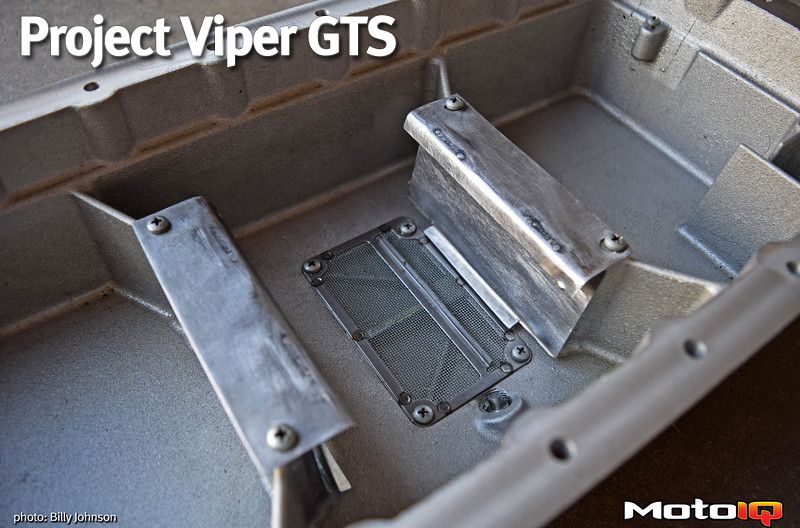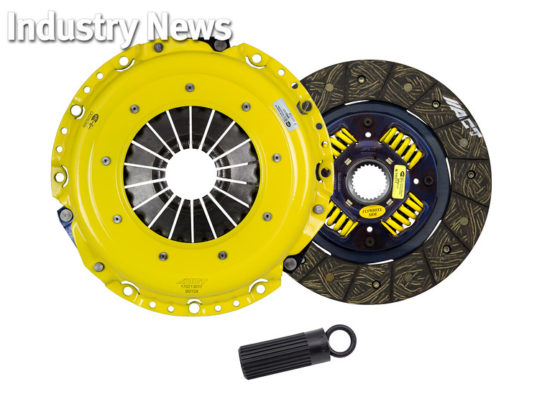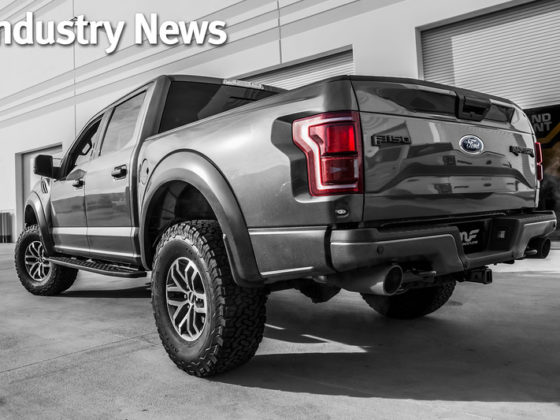But how real of a problem is this?
We asked the experts who track and support Gen 2 Vipers for their thoughts:
According to dealership owner, avid racer, and Viper legend Bob Woodhouse; the Chrysler engineers explained how the Viper’s engine keeps oil wound about the crank which causes the to gradually lose oil as RPMs increase until about 5,000rpm where it begins to come back down. This lower oil level (in the pan) increases the chance of oil starvation, so maintaining a proper oil level is very crucial and the engineers recommend running 1 quart above the engine’s specification, which they feel is enough protection for nearly all tracked cars when used with the baffled pan.
Jon B of Viper Parts Rack acknowledges that oil starvation in “sweepers” is definitely a Gen-2 problem, and running an extra 1.5 quarts of oil solves 75% of the issues that even frequently track-driven Vipers experience. However, Jon states that any pan modifications is overkill for 95% of Viper owners and even for most who track their cars.
Dan Lesser of Viper Specialty Performance also recommends adding an extra quart. He is a big advocate of a baffled oil pan and on top of that, the use of an Accusump as cheap insurance for competent drivers.
Professional Gen-2 racer (in IMSA) and EMI Racing owner Erik Messley is not a proponent of over filling oil pans due to the possibility of the crank being submerged in the oil. Although he admits that over filling the pan by just 1 quart might not be enough to cause this problem. Erik has a lot of success running a baffled 10-quart pan in his 1996 Viper equipped with Penske coilovers riding on R888 and Hoosier R6 tires. Even at Willow Springs International Raceway where he turned a high 1:28 and Laguna Seca where he ran high 1:38s.
A fairly competent HPDE driver Dean has zero oil starvation issues running a 00-02 Windage Tray and a baffled 8.5-quart pan on his Penske coilover-equipped Viper which typically runs on BFGoodrich R1s, Hoosier R6s, and Goodyear Slicks. Dean does not recommend overfilling the pan by a full quart on the smaller 8.5-quart pan.
Now on Bob Woodhouse’s race-prepped Gen 2 with a big wing and slicks, he noticed oil pressure drops due to hard cornering and braking. Despite running the high capacity 10-quart baffled pan, he still had mild oil starvation, but not enough to cause an engine failure after a full season of racing. Bob campaigned that configuration for 3 years without a catastrophic failure, however he did notice some wear on rod journals #2-4 after each season.
Unfortunately, the high capacity 10-quart oil pan and upgraded windage tray from 00-02 cars are now extremely difficult if not impossible to find. Ten years ago, they could be had for $500 at any dealership and now sell for twice that if you’re lucky enough to find one. For 1996-1999 cars equipped with the smaller 8.5-quart pan, it’s even more crucial to install an Oil Pan Baffle Kit.
 The first step for installation is draining the oil and removing the oil pan. With no crossmember or belly pan in the way, this is an extremely easy task in the Viper.
The first step for installation is draining the oil and removing the oil pan. With no crossmember or belly pan in the way, this is an extremely easy task in the Viper. With the pan removed, we had to remove the gasket. Note the small orange rectangle in the gasket near the front of the pan (right), which where the oil is sucked up from the pan into the oil pump.
With the pan removed, we had to remove the gasket. Note the small orange rectangle in the gasket near the front of the pan (right), which where the oil is sucked up from the pan into the oil pump. Our original 8.5-quart pan (top) looks almost identical to the larger 2000-2002 High Capacity 10-quart pan (below).
Our original 8.5-quart pan (top) looks almost identical to the larger 2000-2002 High Capacity 10-quart pan (below). Visually, the key difference is to look for the fins on the rear of the pan. The original 8.5-quart pan (left) has two fins, while the larger 10-quart pan (right) has three fins.
Visually, the key difference is to look for the fins on the rear of the pan. The original 8.5-quart pan (left) has two fins, while the larger 10-quart pan (right) has three fins.



2 comments
Any more updates for the Viper?
Very soon! Thanks for following and stay tuned!